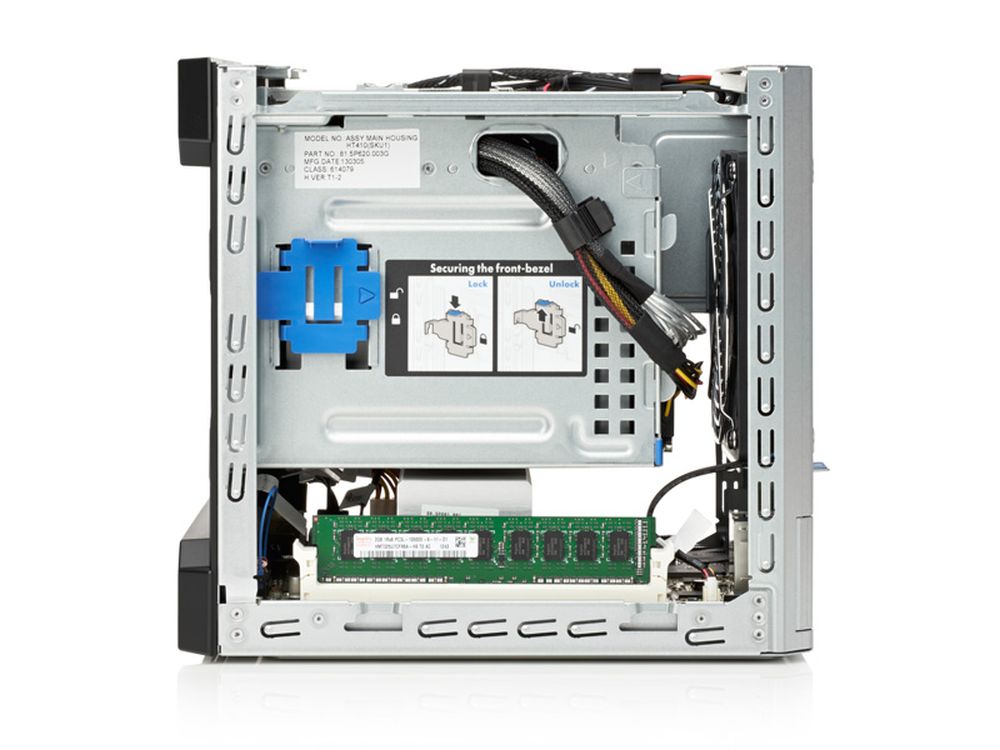

Secboot command in the Embedded UEFI Shell to display Secure Boot databases, keys, and security reports. Fixed issue where intermittently the IPMI SDRR initialization would take up to 120 seconds. Also included in this release: Gen 8 systems no longer include unnecessary wait for MCTP device discovery in order to initialize sensors. For more information, see the Hewlett Packard Enterprise website ( You can use the This release is based on the 2.40 iLO 4 FW Release and contains all the fixes and enhancements included in that version. System Utilities options described in the following sections. You can customize the certificates embedded in the UEFI BIOS by adding or removing your own certificates, either from a management console directly attached to the server, or by remotely connecting to the server using the iLO 4 Remote Console. UEFI System Utilities and Shell Release Notes for HPE ProLiant Gen9 Servers and HPE Synergy on the Hewlett Packard Enterprise website (. For more information about supported operating systems, see the Operating systems must support Secure Boot and have an EFI boot loader signed with one of the authorized keys to boot.
Hp ilo 4 fw release notes drivers#
UEFI drivers loaded from mass storage devicesįirmware components and operating systems with boot loaders must have an appropriate digital signature to execute during the boot process. Secure Boot validates the software identity of the following components in the boot process: Secure Boot ensures that each component launched during the boot process is digitally signed and that the signature is validated against a set of trusted certificates embedded in the UEFI BIOS. Secure Boot is a server security feature that is implemented in the BIOS and does not require special hardware.


 0 kommentar(er)
0 kommentar(er)
